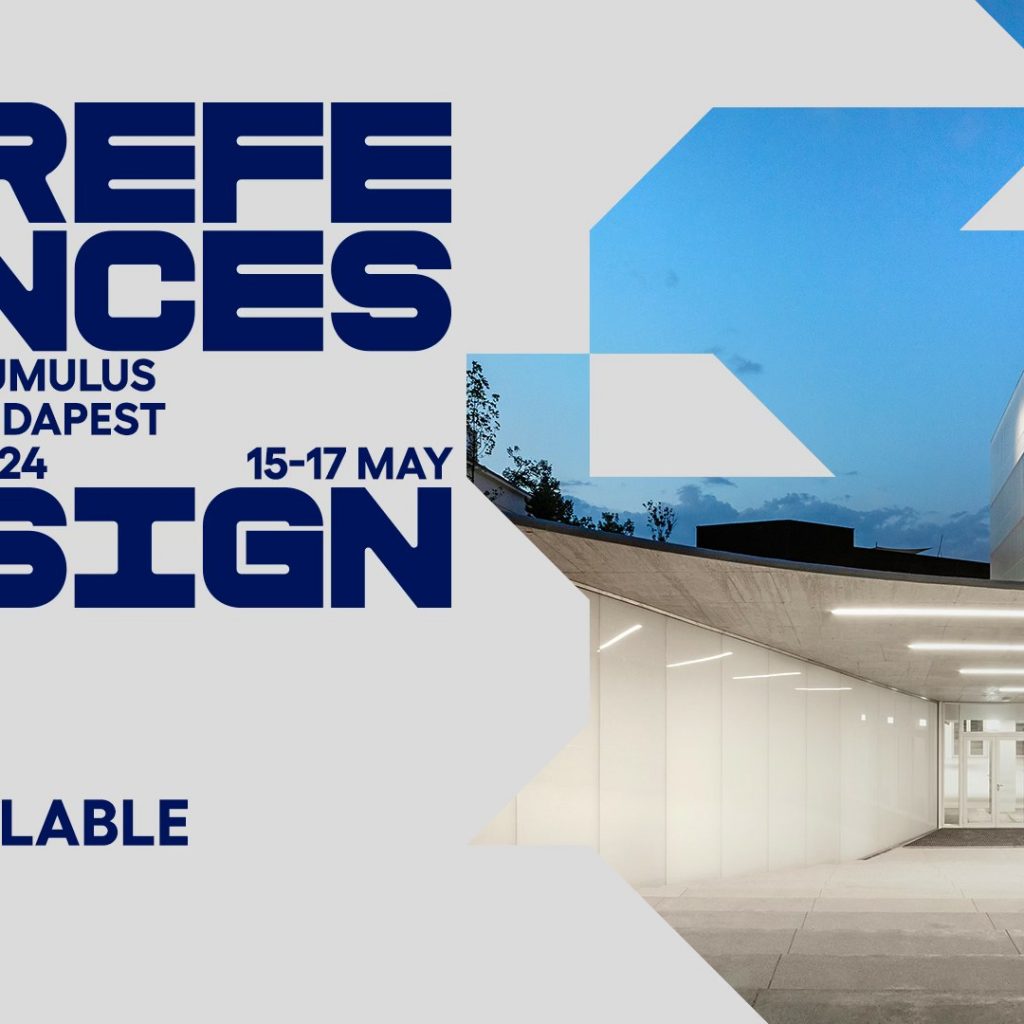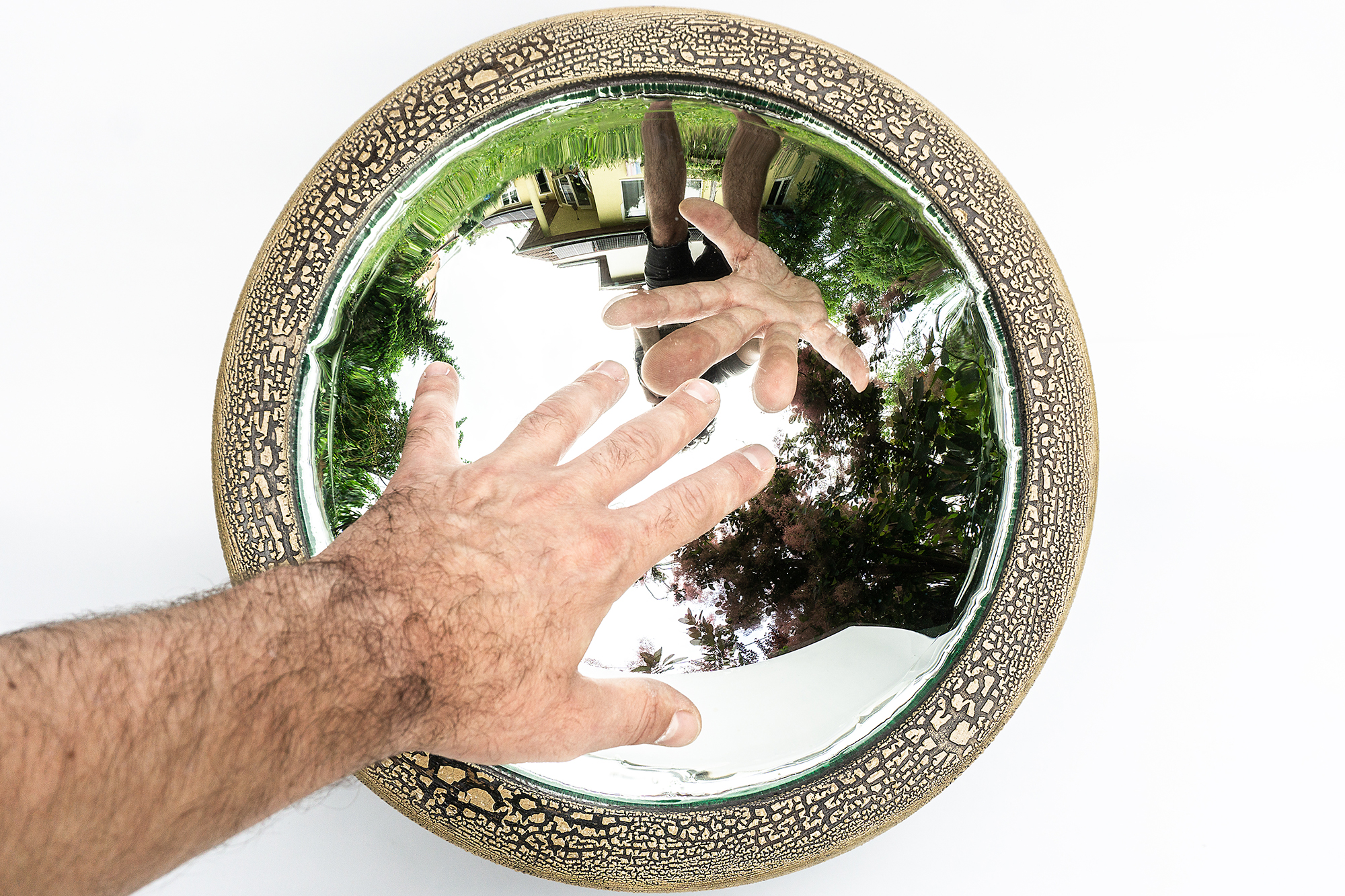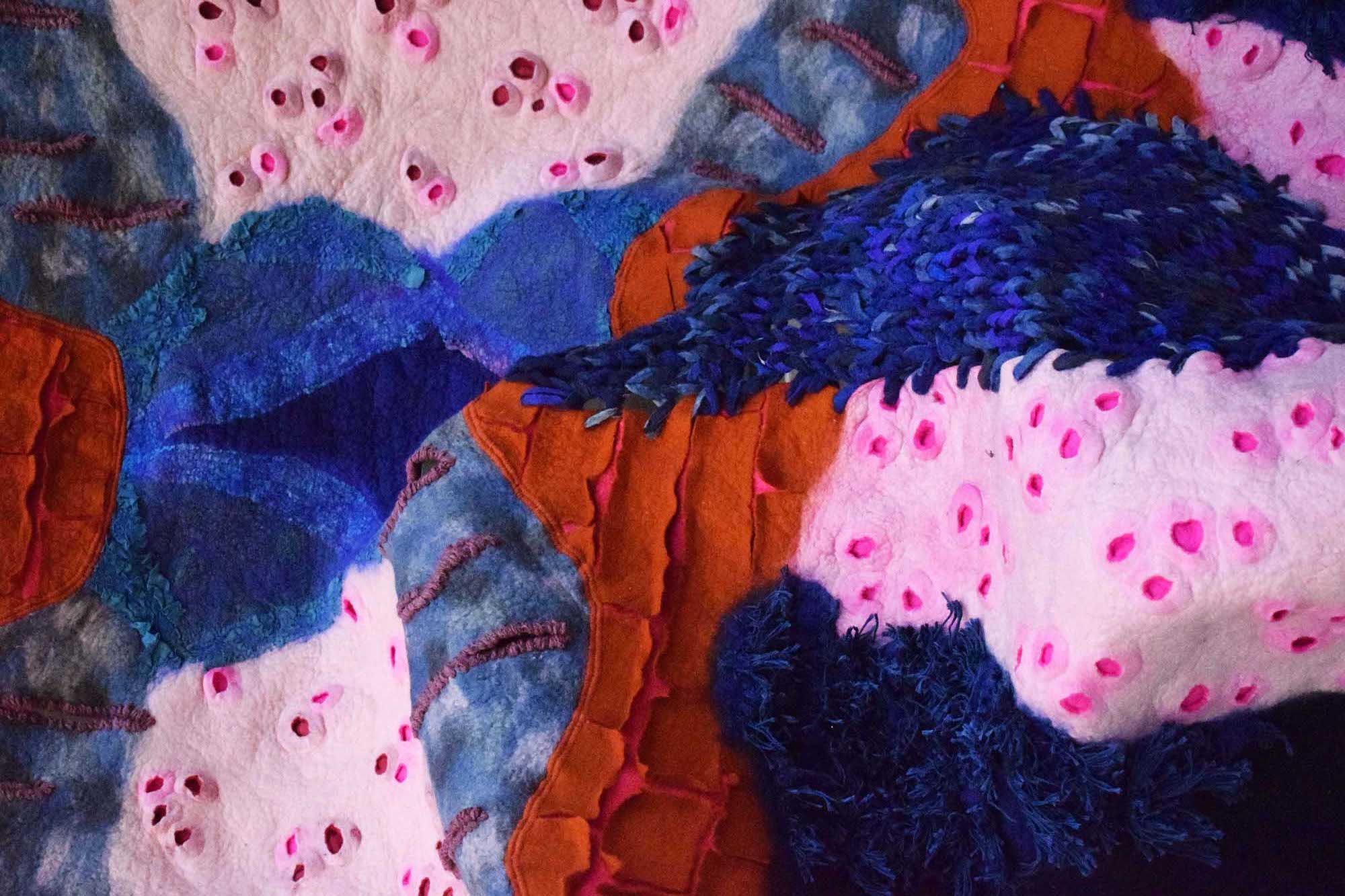

Every local government could use a social designer
It would be best if there was no need for social design, because that would mean the pressing issues of our age, such as climate change, wars, and social inequalities had all been resolved, says MOME’s scientific associate and head of the Social Design Hub of the Innovation Center Bori Fehér, who also received the Aurum Futuri Award last year. She has been doing research and creative work in the field of social design, working to establish it and its methodologies in Hungary and putting the university on the global map in that regard. We talked following the highly successful international Social Design conference in 2023 in Budapest, and shortly after the launch of the new Co-Design4Transitions doctoral programme, already looking ahead to the Cumulus conference in May.

In previous years, you would be hard pressed to find participants for social design events. Yet for the Social Design conference organised by MOME in 2023 workshop spots went fast. What do you think is the reason for this shift and the success of the conference? The importance of the subject has not changed at all.
True, we anticipated about hundred participants for this conference, and two hundred showed up instead. And they haven’t just dropped in for the morning session but stayed all day, and the conference hall was nearly full despite the fast-paced schedule. The workshops were also full house; what’s more, there was a long waiting list. At the workshops, a large number of participants were working with NGOs on real-life matters. This is the success you can see straight up: presence. Looking back, from the founding of the Social Design Network (SDN) to organising various professional events, MOME has put a tremendous amount of effort into socialising design, and into helping us gain a better understanding of how design can play a role in addressing social issues, which finally bore fruit.
The global significance and popularity of social design unfortunately can be explained by the exacerbation of social challenges, changes, migration, climate crisis, wars, and inequalities, and simultaneously, the intensifying communication about these subjects, resulting in increased sensitivity and growing social awareness. While ten years ago, the whole concept needed to be explained to students, today the discussion is about areas of social design and their discourse.
More and more laypeople become familiar with the relationship between social innovation and design. It is important to underline that there is a wider and more in-depth enquiry into social design at MOME even outside the Social Design Hub, which is essential both for getting recognition for the importance of the topic and for promoting a positive social impact.
Where do you see the role of the IC Social Design Hub and MOME in this process? How do they contribute to the knowledge accumulated in this area?
Mostly with our research programmes, and by building and operating a highly serious professional network. With the help of SDN founded on my initiative, and by organising a major international conference on the subject with a global reach, we have made it onto the map. Perhaps partly because of this, we are now among the organisers of Co-Design4Transitions, a large doctoral research network and research programme focusing on social design, funded within the Marie Skłodowska-Curie Actions (MSCA) of the Horizon Europe programme. 10 years ago, not even in our wildest dreams did we think we were going to be included.
On top of that, the next major conference of Cumulus, traditionally attracting hundreds of professionals, will also be held in Budapest. When developing the programme, it has become apparent that the Ways of Living section chaired by you seem to have a wide appeal.
True, the Ways of Living section draws widespread interest worldwide with a large number of applicants, so it’s safe to assume this is an exhilarating subject for everyone.
The section will discuss the intercultural role of design, the roles of identity and community engagement, and the eco-social design perspective. It will explore the long-term effects of design, and how to resolve urgent global and local, even systemic social issues in the context of the coexistence of communities, uncovering the networks and systems related to these.
The success of the previous SD conference may also have contributed to receiving so many – almost a hundred – academic abstracts from various European countries, including the Czech Republic, Italy, England, Spain, and Germany, but also from South Africa, Mexico, Ecuador, and the USA, a third of which will be included in the programme. In addition to the public programme, there will be serious professional work. Recently, we have been asked by Cumulus to create a work group, so the SDN will jointly create a working group with the DESIS Network, specifically addressing the possibilities of education, teaching methods, and the educational challenges of this topic. The group will have its first session at the Cumulus conference in Budapest.
How can the methods developed by you and discussed at the conference be applied in real life? How advanced is their use outside the academia, independent of the expertise here? There have been some pilot collaborations with local governments or non-profit organisations. What chances do you see for a wider use of these in addressing social issues and developing services?
These processes take time to work on their own, and for now, the involvement of universities seems to be indispensable. Ideally, every local government should have a social designer, a civil designer, and a service designer working together. I believe this could produce amazing results, and it would also be great to have these kinds of professionals working with companies and NGOs. This is already standard practice in the Western part of the world, especially in the Netherlands, but also in the USA and UK. Luckily, the process has also begun in Hungary, and there are quite a few alumni working at NGOs and local governments as social designers.
We would obviously need more professionals for this.
Yes. To be able to contribute to this programme and similar ones by other universities we have started to build a collaboration and a network with several universities in the area of community engagement. We also have a relevant long-term, serious research project partnering once again with the Hungarian Charity Service of the Order of Malta. A methodology handbook for joint research programme running for nearly three years has just been completed, focusing on ways art and design universities can work with NGOs to help disadvantaged groups. And talking about adaptation, I should mention our research studies related to cities, our joint project with local governments researching urban space use by children with the help of placemaking and exploring how design, practical research, and developing protypes can contribute to the creation of more child-friendly cities. We have a collaboration running for the second year with the Municipality of Erzsébetváros, and strongly hope that the established methods and approaches that we work with and share in scientific journals and conferences will become accessible and usable to a wider public of people.
// /
You can check out the details of Cumulus conference HERE


